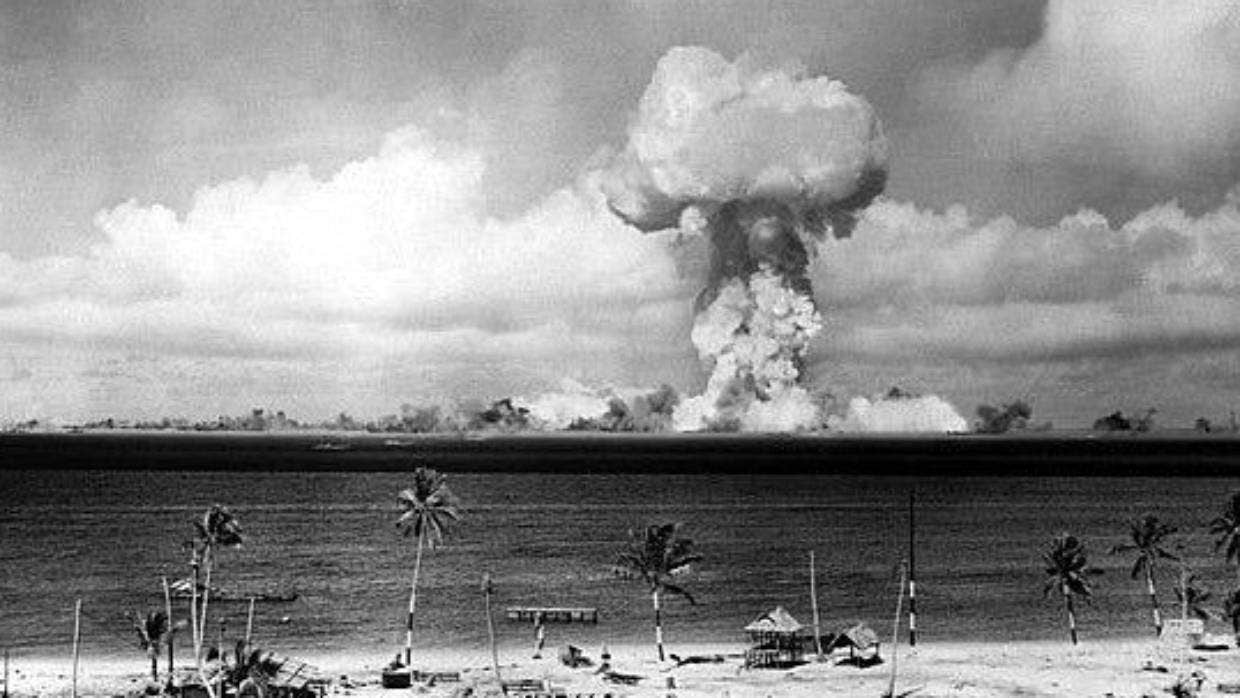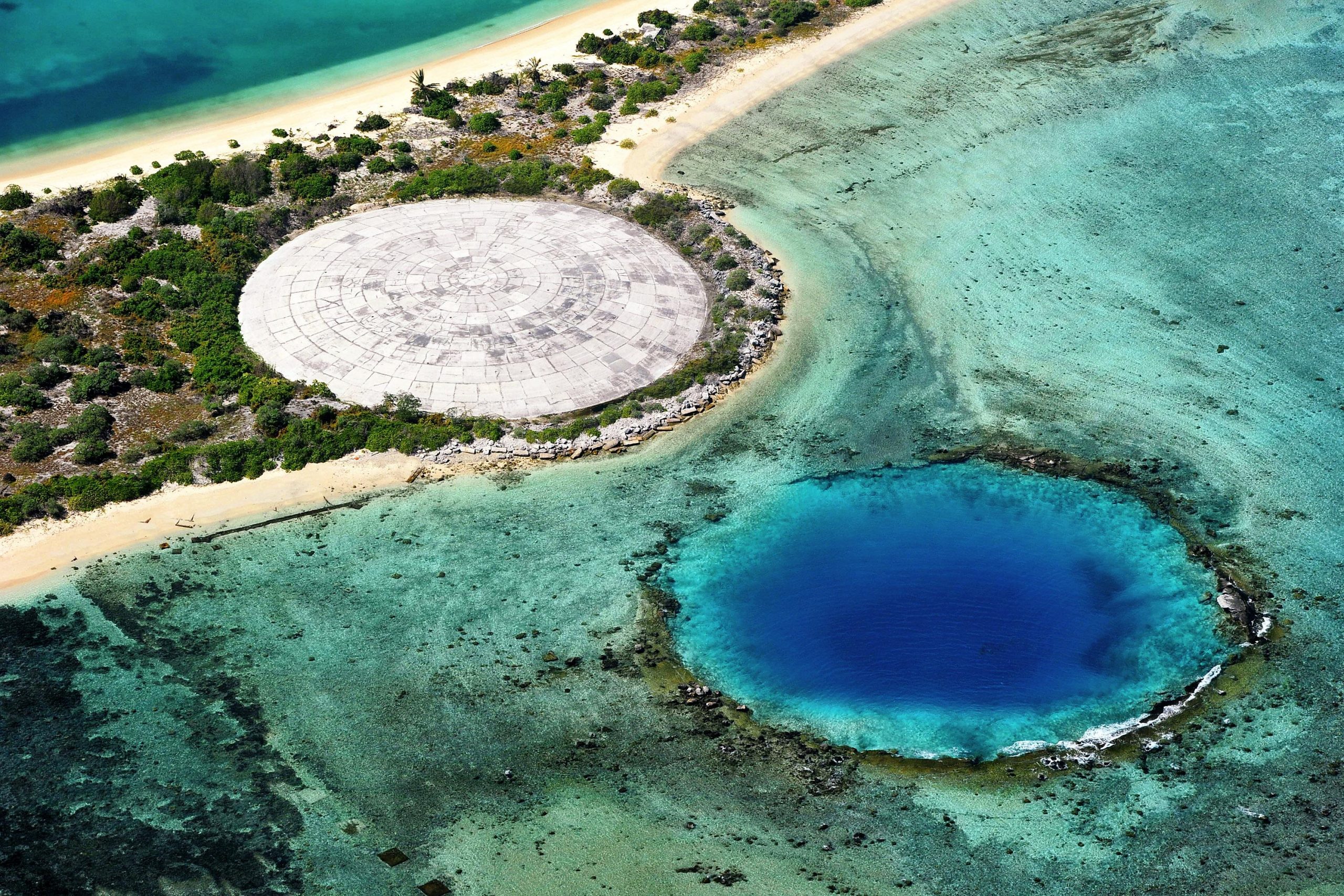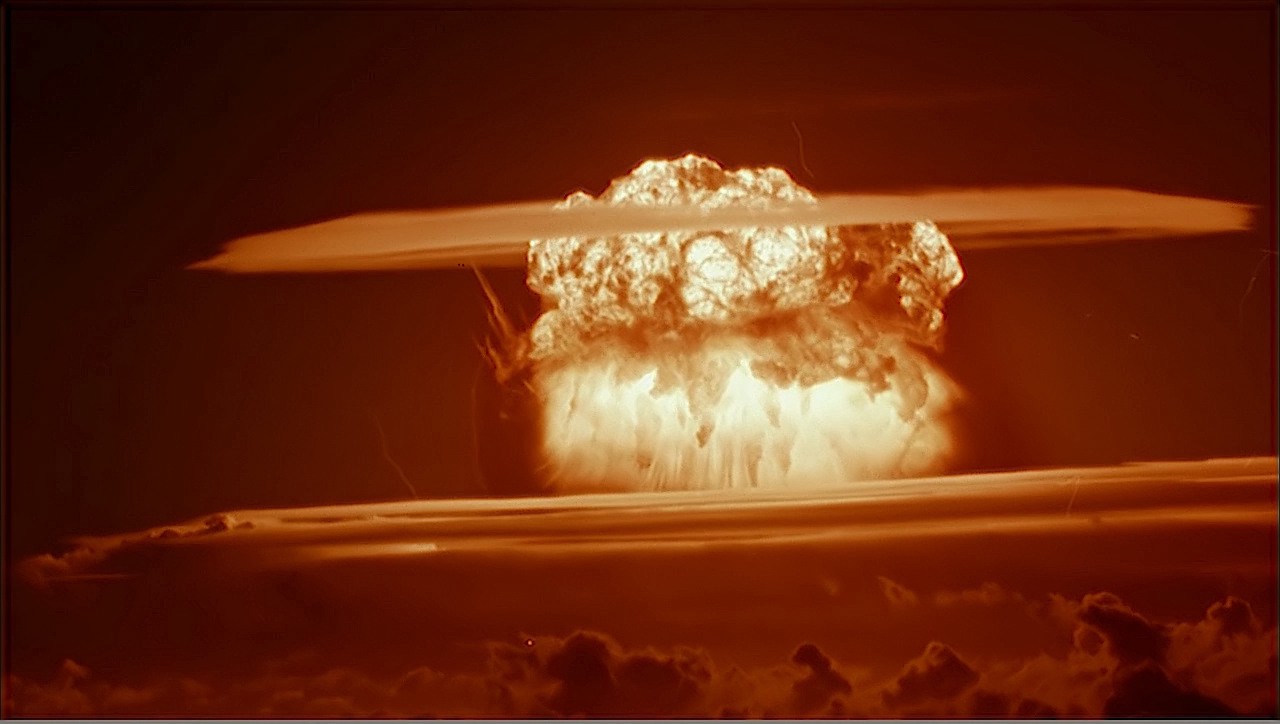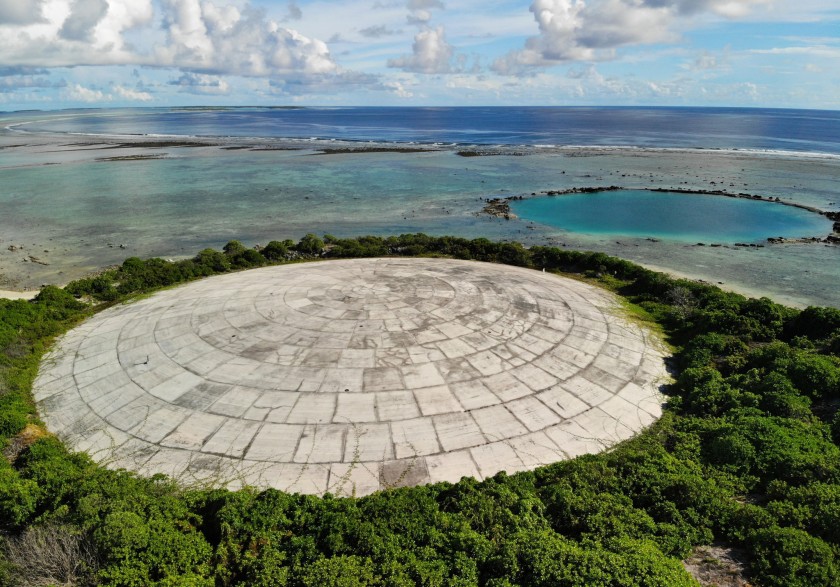CAMPAIGN NEWS:
Ban School class #1: All About the Ban

The first session of ICAN’s Ban School introduced the core principles of the Treaty on the Prohibition of Nuclear Weapons (TPNW) and provided context on how this new agreement influences actors around the world. Aimed at both non-nuclear states and nuclear-armed states, the TPNW is the first multinational framework for the elimination of nuclear stockpiles and provides legal guidelines for addressing the harm nuclear testing has caused. Previous regulatory treaties, such as the Treaty on the Non-Proliferation of Nuclear Weapons (NPT), were largely concerned with stopping the spread of WMDs and establishing ge neral commitments to pursue disarmament. Though these treaties were progressive for their time, they no longer reflect the needs of the modern international community nor address key humanitarian and environmental issues that have resulted from decades of nuclear testing. Thus, the TPNW fills the gap in international law, outlining a structured plan to provide tangible steps towards disarmament, methods of victim assistance and environmental remediation.
Embrace the need to shift our perception of this as a security issue to a humanitarian one.
Guest Speakers:
- Tim Wright, ICAN Treaty Coordinator
- Vanessa Griffen, Fijian/Australian activist, founding member of the Nuclear Free and Independent Pacific movement.
- Bonnie Docherty, Harvard Law School, International Human Rights Clinic.
Guest speaker, Tim Wright, is an expert on the treaty and provided exceptional detail of the treaty’s background and provisions that dictate states responsibilities. From Tim’s perspective, the TPNW was founded upon the international community and civil society’s recognition of the lack of progress in advancing nuclear disarmament and neglectful attitudes towards resulting climate, agricultural, migration and health issues. Article 1 sets out prohibited activities that prevent states from nuclear weapon use or threat of use, testing, stockpiling, and assisting or encouraging other actors to engage in prohibited activities. Subsequent articles assert that upon joining, a state must declare whether they possess nuclear weapons (a.2), safeguards must be implemented to ensure nuclear materials and facilities are used purely for peaceful purposes (a.3), sets guidelines for dispute resolution (a.11), dictates that result of signature is legally binding (a.15) and that countries must take all necessary steps to establish domestic laws that ensure prohibited activities are criminalised (a.5).




Images: The “Able” and “Castle Bravo” nuclear tests in the Marshall Islands, and the Runit dome in the Marshall Islands. The dome is a 45cm thick cement cap stretching over 100 metres to cover radioactive waste left from US nuclear testing.
Vanessa Griffen discussed the role of Pacific Island states in nuclear disarmament activism. She recounted how the Marshall Islands, Christmas Islands, and French Polynesia were used as testing sites for the US, UK, and France until as late as the 1970s. As Vanessa put it, this “was all done in complete darkness of isolation”, and had devastating effects for these communities. After decades of testing in the Pacific, the true consequences of mass nuclear weapons trials is seen through the dislocation of locals, nuclear contamination, and the disastrous health impact for Pacific islanders. The environmental damage is irreversible and nuclear experimentation has precipitated in atmospheric fallout, resulting in the contamination of the air, food supply and water. Vanessa spoke of how the memory of destruction in the Pacific Islands is immortalised in the concrete cap on Enewetak Island which covers radioactive waste left from testing in the 1940s and 1950s. Even so, the invigorated Pacific involvement in disarmament is helping expand the perception of weapons control from solely a security issue to now include humanitarian pursuits.
Closing the session was Bonnie Docherty, who explained three provisions of the treaty known as the Positive Obligations. These articles importantly address the need for victim assistance for those affected by nuclear testing (a.6.1); environmental remediation for contaminated lands (a.6.2); and the advocation of international cooperation (a.7). Addressing humanitarian issues holistically, the treaty obligates state parties to assist communities without discrimination by providing medical care, psychological help and educational resources. Bonnie also examined the treaty’s focus on addressing the environmental damage nuclear weapons have caused. The treaty demands signatories to take necessary and appropriate measures to remediate the environmental damage from weapons contamination. This could be seen in the form of contamination markings, risk reduction education for at-risk communities, as well as the treatment and removal of contaminants and waste. Bonnie reiterated Tim Wright’s point on the importance of international cooperation in establishing practical and legal mechanisms addressing environmental and humanitarian issues.
Together, we must create a framework of shared responsibility addressing human and environmental consequences of nuclear weapons.
Ultimately, the first class of Ban School provided an educational forum to discuss the treaty’s role in shaping the future of nuclear power and ICAN is very grateful for our guest speakers sharing their insights and expertise.
Author: Molly Burke, RMIT.
Video recordings of all Ban School 2021 presentations are available at the ICAN Australia Youtube channel.
